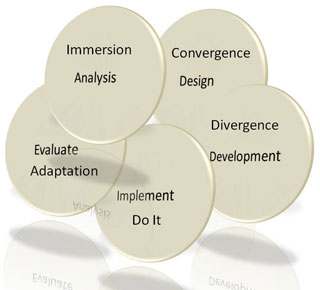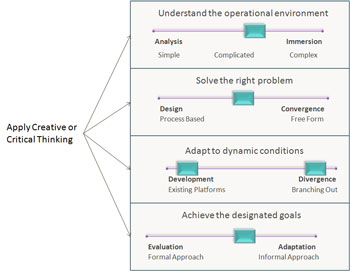There is an interesting infographic showing that Education/Training Consultants is one of the Best Jobs in America. It is based on the Bureau of Labor's Statistics Occupational Outlook Handbook, 2010-11 Edition. In fact, if you go to the Bureau of Labor's page on Human Resources, Training, and Labor Relations Managers and Specialists, it reads in part:
Employment is expected to grow much faster than the average for all human resources, training, and labor relations managers and specialists occupations. College graduates and those who have earned certification should have the best job opportunities. Overall employment is projected to grow by 22 percent between 2008 and 2018, much faster than the average for all occupations.
Some of the reasons listed for the projected growth of the learning/training profession includes:
- Workers need to be trained on new legislation and court rulings that revise standards
- Employers are expected to devote greater resources to job-specific training programs in response to the increasing complexity of many jobs and technological advances
- As highly trained and skilled baby boomers retire, there should be strong demand for training and development specialists to impart needed skills to their replacements
But as we all know, the learning/training profession lost a number of jobs due to the recent economic woes — the report even indirectly acknowledges this:
Like other workers, employment of human resources, training, and labor relations managers and specialists, particularly in larger companies, may be adversely affected by corporate downsizing, restructuring, and mergers; however, as companies once again expand operations, additional workers may be needed to manage company growth.
Yet, it seems we sometimes take the biggest hits and are often the last to be called back to the workforce. Why? The biggest reason is that we often fail to directly address problems that impact the organization's performance. Managers in line departments want people who can solve some of their problems. In most cases they are not worried about ROIs or other fancy formulas — they simply want the problem to go away. Every problem that disappears is one less task they have to spend time on. Yet when given some of the simplest training problems we often go astray and rather than delivering a solution, we deliver some cute learning program that offers no real impact.
What are you doing today that shows your real worth to the organization?

